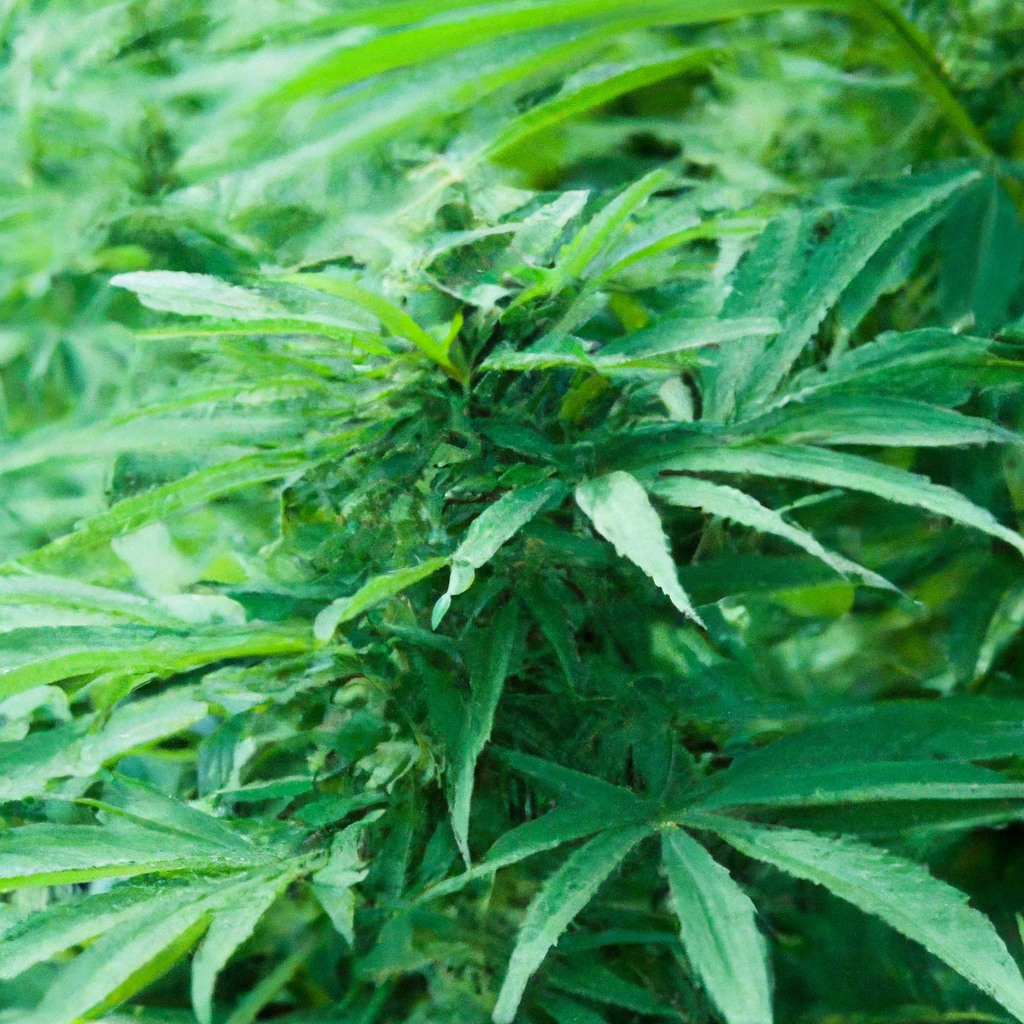Welcome to another deep dive from John “Magic” Greenleaf, where we explore innovative, sustainable cannabis growing techniques that promise both environmental and economic benefits. With 30 years of experience under my belt, I’m committed to educating fellow cultivators on ways to merge traditional wisdom with modern technology, making the most of our challenging yet rewarding Colorado climate.
High-Altitude Benefits and Challenges
Colorado’s high-altitude environment isn’t just about beautiful vistas. The elevation presents unique conditions for cannabis cultivation. Thinner air, enhanced UV light exposure, and wide temperature fluctuations might be daunting, but they can also be an asset if managed correctly.
- UV Light: The increased UV exposure naturally enhances resin production, leading to richer terpene profiles and more potent buds.
- Temperature Swings: While daytime heat and nighttime coolness can stress plants, these conditions can also induce stress responses that elevate cannabinoid percentages.
- Thinning Air: This necessitates diligence in environmental control. Proper ventilation and circulation help maintain an optimal growing climate indoors.
How to Optimize for High-Altitude Growing
Let’s go through some practical steps to harness the high-altitude conditions.
- Strain Selection: Choose strains bred specifically for high altitudes, like my “Summit Sativa,” which thrives under higher UV and lower pressure conditions.
- Resilient Infrastructure: Invest in greenhouses or indoor facilities designed to moderate temperature fluctuations and maximize natural light exposure.
- Efficient Water Use: Adopt drip irrigation systems combined with organic mulches to conserve moisture and reduce water waste.
Sustainability Through Innovative Practices
Sustainability isn’t just a buzzword—it’s crucial for ensuring we can continue growing top-grade cannabis for years to come. Here’s how to integrate more eco-friendly practices into your operation:
- LED Lighting: Utilize high-efficiency LED lights to cut energy consumption significantly without compromising on light quality.
- Recycling Nutrients: Compost on-site to create nutrient-rich organic matter for your soil, enhancing plant health and reducing waste.
- Smart Technology: Implement AI-powered sensors to monitor environmental conditions, helping you make data-driven adjustments for optimal growth.


Leave a Reply